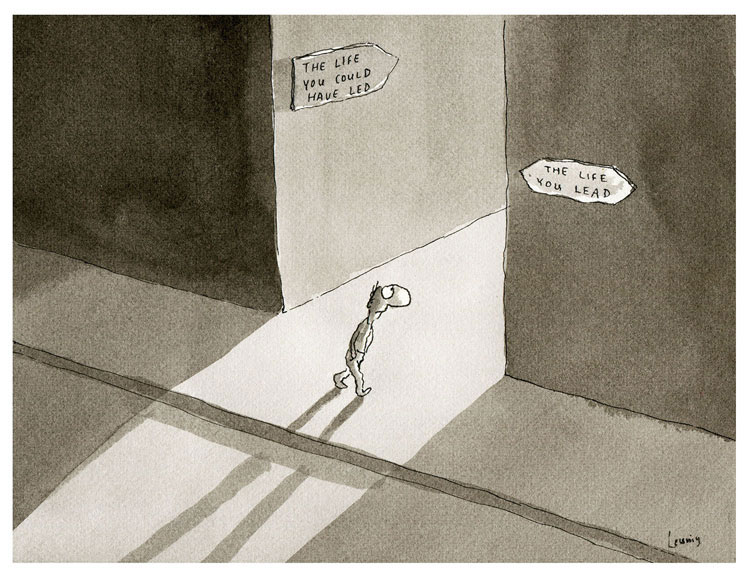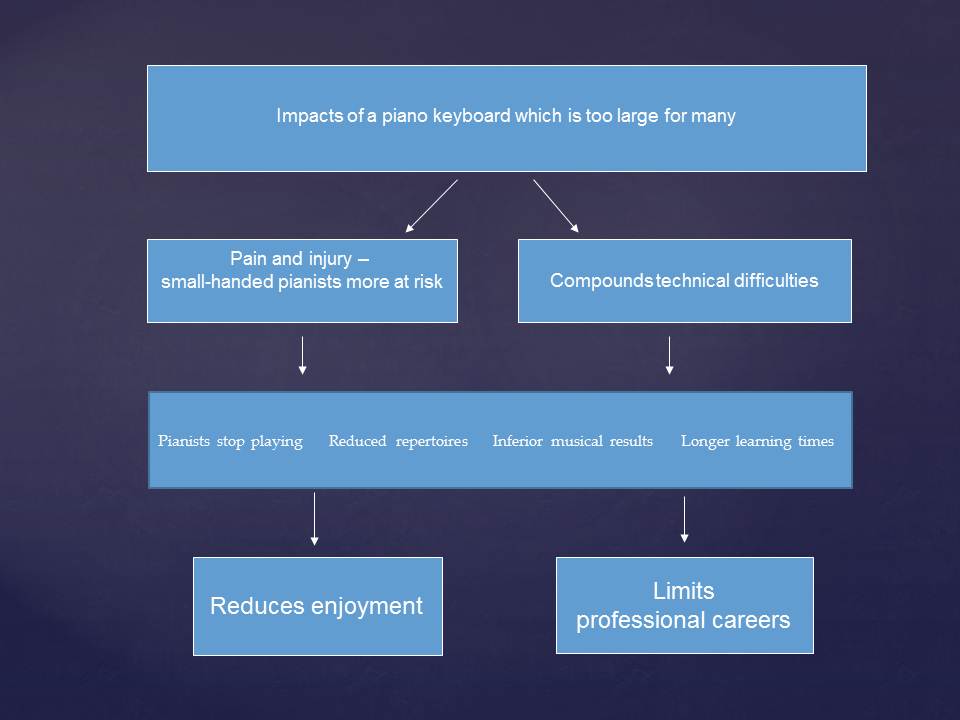Summary of evidence
‘I often witness pianists place their hands for the first time on a keyboard that better suits their hand span. How often the pianist spontaneously bursts into tears. A lifetime of struggling with a seemingly insurmountable problem vanishes in the moment they realise, “It’s not me that is the problem; it is the instrument!” Following on that, the joy of possibility overwhelms them.’ (Dr Carol Leone, Chair of Keyboard Studies, Southern Methodist University, Dallas, Texas, 2015.)
There is overwhelming evidence that the current piano keyboard size does not suit the majority of the piano playing population – considering men, women, children, and different ethnic groups.
The evidence comes from a diverse range of perspectives which you can explore in the these pages:-
- Analysis of hand span data of pianists. Pianists’ hand spans vary greatly!
- Peer-reviewed research that links hand size to pain and injury in pianists. and accepted scientific principles in the fields of ergonomics. Pain, injury and ergonomics
- The growing body of commentary from those pianists who have tried reduced size keyboards that are currently available. Feedback from pianists.
- Analysis of gender differences in both the results of international piano competitions and among pianists who have maintained successful international performing careers. Gender differences in major competitions and performing careers
Some people make claims about the benefits of stretching to increase hand span. But there is no scientific basis to support the contention that hand spans can be enlarged in any significant way by stretching exercises. For a summary of expert advice, see: Stretching exercises benefits, limitations and dangers
Watch the video below that summarises the main issues and also read about the history of the piano keyboard. Keyboard history
The final page sums up the conclusions from these diverse fields: Conclusions – the evidence




